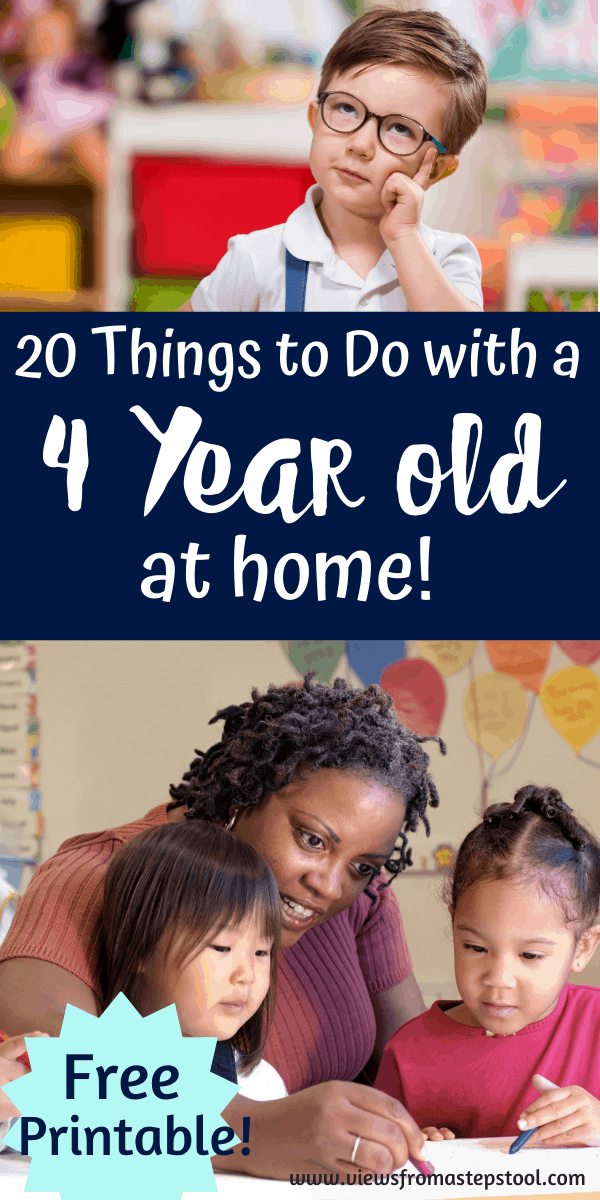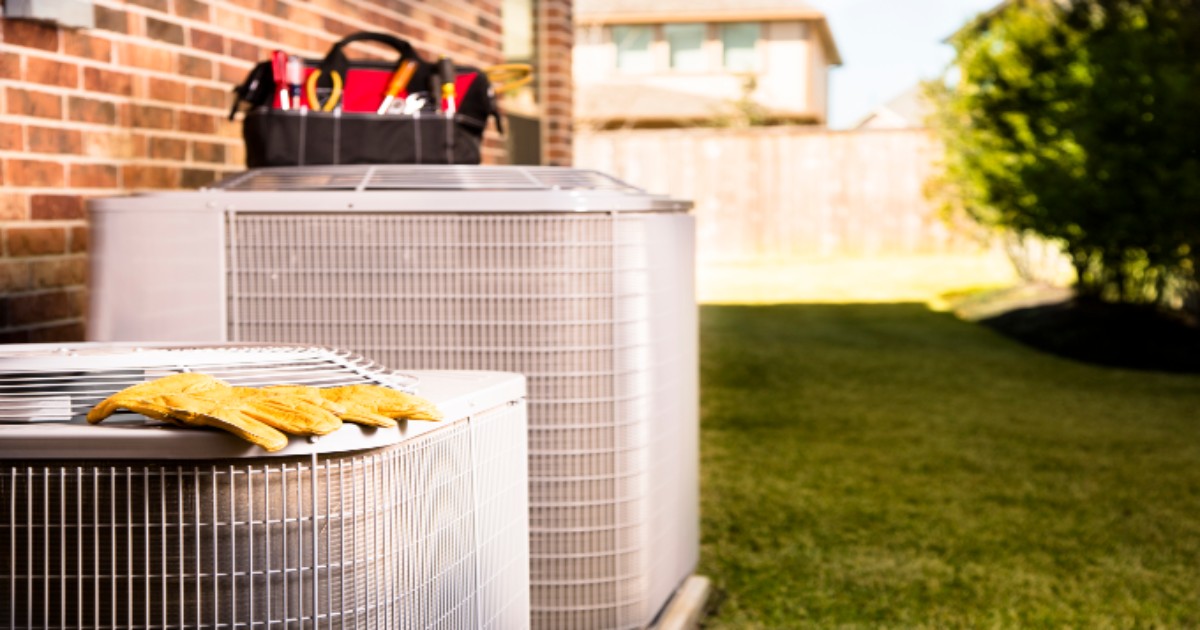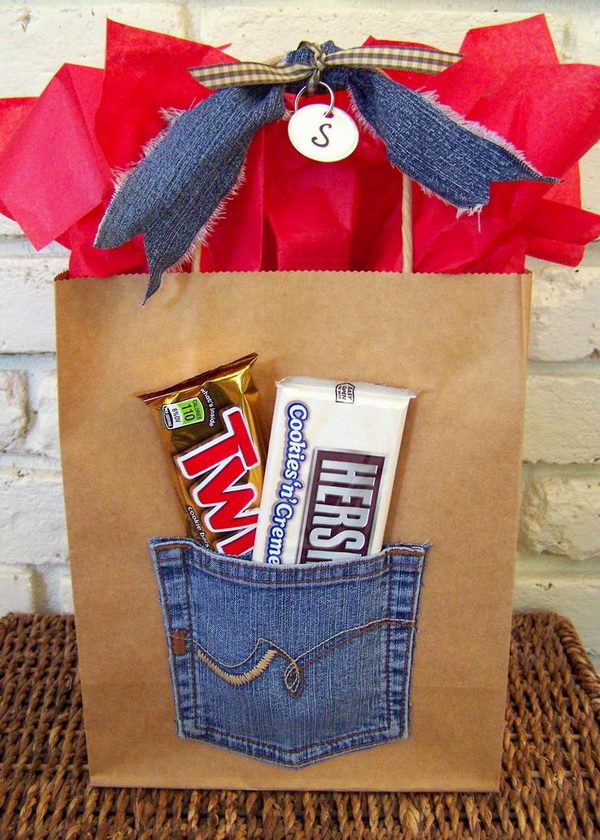Table of Content
This is a tactile activity that should encourage creativity in kids, while improving the fine motor skills. The act of inserting golf tees is a tactile activity that promotes the development of fine motor skills. Your child will develop their fine motor skills and develop their hand–eye coordination with this activity.

A fantastic way to develop fine motor skills and grasping a crayon is to encourage your child to color. Tape a large piece of paper onto a low table, such as a coffee table or an art table, and have her scribble colors all over. So much sticky fun for a baby with this simple contact paper idea from Child Central Station! Early learning can get kids off on the right track. These fun games that teach shapes, colors, numbers, letters through leaves and nature can help kids develop important skills. Playing with a ball is a classic activity for parents and children.
Snow Drop Game
This works on hand-eye coordination, balance, and fine motor skills. We also talked a lot about the color of each ball as she stacked them on the TP roll. Once your child reaches 18 months, fill a large tub with water or sand, and give them free rein to dig, pour, scoop, and more. "When you're playing with them, talk and sing along," says Dr. Myers.
Fill the measuring cup with a little bit of water and show your child how to hold the handle and pour the water into the bowl. Once he’s finished, repeat for a fun exercise in pouring. Cut junk mail or old scraps of paper into small bits and have him practice gluing. Start with a glue stick, then work your way up to liquid glue. If he can’t squeeze the bottle, pour some onto a plate he can dip the bits into.
Funny Knock Knock Jokes for Kids That’ll Leave Them in...
These are perfect for keeping your little one entertained in any space. After separating the materials, place a cloth, towel or sheet where the game will be played, in order to avoid too much mess with the water. There, place the bucket with the water and pour all the colored caps inside. Put the baby in a comfortable position in relation to the bucket, especially the height, and you can start playing. If you want a fun and easy DIY activity for your 3-year-old, why not try making a simple game?
Scatter books throughout your home, and visit the library regularly for new selections. Most interactions with toddlers will happen at home, the very place where boredom tends to fester (cabin fever, anyone?). But don’t worry—as you’ll see, all you need are a few inspirational ideas for playtime with your 1 year old right at home. After selecting a device, put on some music to see how your child reacts to sounds. You can shuffle through different types of music before you find something that your child enjoys grooving to.
paint painting
And finally, I’ve divided these activities by category to make them easier to refer to. Having your child fetch objects is a simple but effective way of improving their language skills by recognizing directions. Listening to music should encourage their desire for musical exploration while improving their listening skills.

They’re still limited with what they can do, especially on their own. They don’t follow instructions too well, much less create a final product or craft. Using toes and fingers can help develop basic number skills while improving sustained attention. This self-awareness activity, as the name suggests, should develop your child’s self-awareness.
Indoor Learning Activities for 1 Year Olds for Endless Fun at Home
You can use sock puppets to make learning and lesson time interactive and fun for your child. This can include ‘scooping’ the ball, balancing it inside the scoop, and transferring it into another container. You just need to grab a couple of trays or boxes, a few spoons, and you’re set. This is once again a pretty sensory developmental activity, so you’ll need to consider what you fill your shakers with.

I am a Grandma of an almost 1 year old and am thrilled to have found your site! And I found 30+ amazing activities for 1 year olds. I looked all over Pinterest, went to my friends’ blogs, and put together an awesome list of links for you to check out. He’s probably going to lick/bite/or eat some of the activity so I need things that are taste safe. Seal them first with tape and place them in a basket or bowl for them to explore. Place the ball pit at the bottom to catch the balls.
One of the first activities my kids did at their Montessori preschool was learning to pour water. Recreate the activity at home, using a large, rimmed baking sheet to catch spills, a small bowl to pour water into, and a plastic measuring cup with a handle. They’re not babies anymore, especially as they grow more interested in being mobile and developing motor skills.

Include an entrance and an exit, and encourage your child to go in and out. And from them itis possible to develop different themes, often even capable of teaching behaviors and lessons,stimulating empathy and learning. At this stage, children love to test the space, fit and cover.
Allowing your child to play with a bucket or tub filled with sand and water should help them exercise creativity to experiment with shapes and patterns. You can even try making some of your own and seeing if your child follows your lead. Make yourself and your child comfortable by finding a space where you can comfortably place a hollow cardboard tube between yourselves and watch the magic unfold.
When you’ve colored the rice into their respective rainbow shades, go ahead and add them to your bin. If you think of it, it’s kind of mind-blowing what playing with playdough can do for your one-year-old. Grab some wrapping paper, tape, a pair of scissors, and any other craft essentials you need, and get started right away. Try to not incorporate wet and dry ingredients and materials into one bin, though. While your baby might love the mess and mayhem, it can be a little counterproductive. You cannot get more elementary than this activity and that’s why it’s always a go-to for young moms and their babies to experiment with.
You can use this as an opportunity to teach them new things like numbers, colors, shapes, and more, depending on the books you pick. It’s also a fabulous bonding activity that all kids and moms should definitely engage in for the simple joy of spending time together. Switch out your regular bedtime stories with interactive stories. Just by sitting on the floor to stack the blocks, your baby is learning how to balance not just the blocks, but even his own body and core. Just think of the coordination he uses to move his limbs about to grab and balance the blocks while also balancing his body.


















